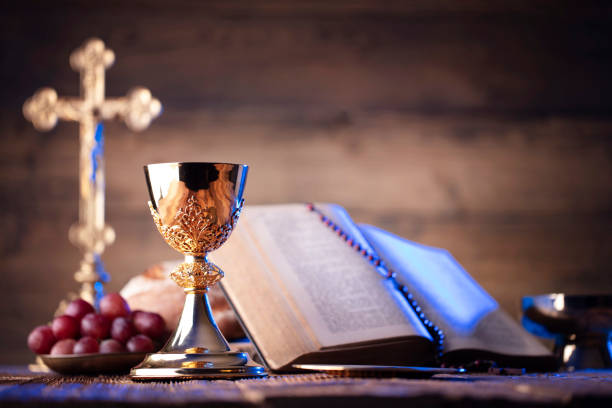
Watch this week’s service on YouTube by clicking:
Join us following worship in the Van Roon Community Hall for the He/SheBrews Café.
- Our Affirming Ministry Task Group invites you to join them this Sunday at 1:00 at the Canadian Museum for Human Rights as we tour the exhibit “Love In A Dangerous Time: Canada’s LBGT Purge”. Meet at the front door of the exhibit as admission to the museum is free.
- Our first Seniors Fellowship of the new year is being held on Wednesday, October 15 at 12:00 noon. The program will begin with lunch and include guest speaker Darrell Sais on the subject of Roostertown, the Metis community that was in the Grant Park neighbourhood. Sign-up on Sundays or in the church office is appreciated so we may plan for the meal accordingly.
- Thank you to those who have responded to our call for committee volunteers. Please visit our new Volunteer Sign-up located in the northwest corner of the Entrance Hall to participate on Sundays as a greeter, reader, usher, communion server, and other ways.
- For news and events please have a look at Life & Work on our website: Life and Work
Dear Friends
Welcome to worship for Sunday, October 5, 2025.
The opening image in this week’s online service is a photograph of something that hangs proudly in my house. It is a ‘batik’ which is a popular art form in Africa made by dyeing textiles with paint and wax. I bought it in a market in Nairobi on a trip of a lifetime in 1994. I was part of a United Church of Canada delegation to the African Partners Consultation on Mission which was designed to re-imagine UCC relationships with church partners in Africa for a new generation. As part of the visit I was able to visit mission partners in Zambia (now Congo), Kenya, and Lesotho. It was an extraordinary experience.
I ended up buying three batiks but the one I loved beyond all was of the Last Supper, posed in a Da Vinci kind of table view, with all African characters. When I returned to Canada I took it to a framing shop so that it could be displayed with all the affection I had for it. I explained what I wanted to have done and the clerk at the framing store wrote out my receipt (handwritten receipts not being all that uncommon in 1994!). It had my name, contact information, price, etc. But the funniest thing was what the clerk had written as a description of the art left with them. It simply said “Men Eating”!
Now I don’t want to jump to too many conclusions. It could be that he didn’t recognize something that I take for granted, which is familiarity with Leonard Da Vinci’s Last Supper in which Jesus is at the centre, there are twelve others at the table, all on one side, and unmistakably consuming bread and wine. This was before “The Da Vinci Code” came out so maybe that clerk was simply unaware of the reference. Or maybe he wrote ‘Men Eating’ because he couldn’t conceive of Jesus and the disciples as African. I would like to believe this was not the case but the batik is intended to have one re-imagine some basic assumptions. The theological statement is a major reason I enjoy it so much.
I am fairly convinced that the reason the framing clerk didn’t recognize my batik for what it was had nothing to do with art history nor with racism. Sometimes the most obvious answer is the most likely. An increasing number of people are increasingly unfamiliar with religious symbols, language, and practises. What I see as an obvious reflection of Jesus Is not something that another person will see. Some will see the Da Vinci itself and completely miss the connection to the story, the person, and the event which inspired it. To some the Last Supper will always be just a picture of men eating.
The community of faith, at it’s best, shares the story, the person, and the event around which we gather. We share it with one another. And we share it with the world that God loves even when that world seems to have forgotten God. One of the ways we do so is by maintaining the tradition of the open table. When we are in true communion with God and each other then Christ is truly our host and it is not for us to turn anyone away. When scripture says that we are made in the image of God, it means all of us not each of us. Humankind as a whole reflects back the image of the one through whom we are created. African, Asian, American, Semitic, Latino, European, Indigenous and non, it is only when we see the totality of the human family, when we see ourselves as one, that we will begin to recognize the image of the One who created us.
Grace and peace,
Michael
- Share the service with friends by forwarding this email or using this link: https://youtu.be/HQ9qmb7r8NU
- Read this week’s scripture lesson here: Genesis 1
- Did you know you can support this ministry by e-transfer, automatic withdrawal (PAR), and gifted securities, in addition to weekly or monthly cheques? For Offering Information please visit: https://charleswoodunited.org/support/ Thank you for your generous support.

